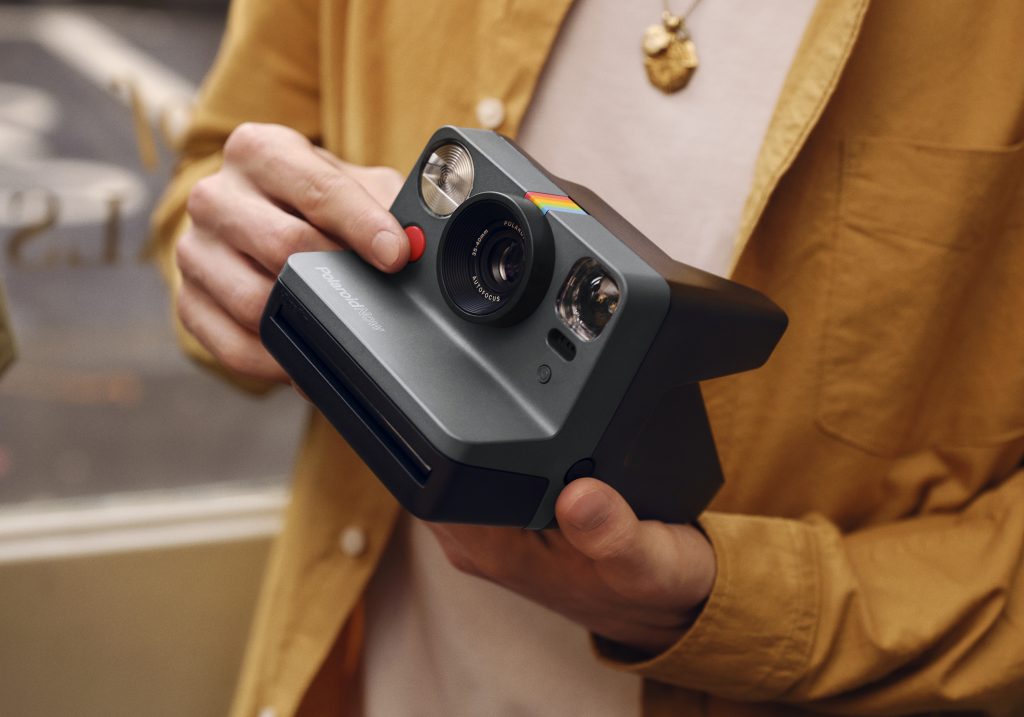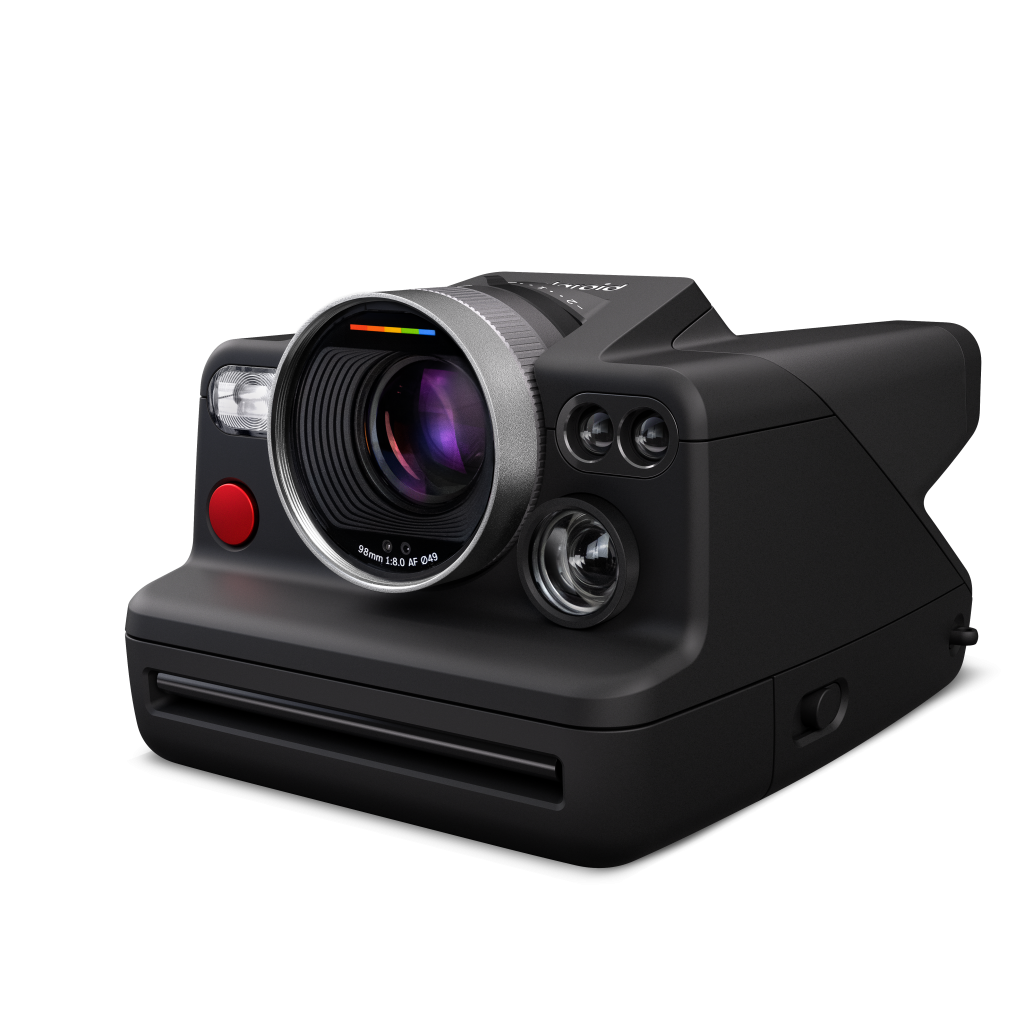New and More Versatile, Polaroid’s Now Camera
Improved design and increased creative control make this the company’s most advanced instant camera yet

Expanding upon the brand’s 82-year legacy, Polaroid‘s newest point-and-shoot instant camera, the Polaroid Now ($99), features upgrades to its focus, battery, flash and user experience, all while maintaining the magic of previous generations. This particular release also signifies the end of Polaroid Originals—an offshoot of the company formed from The Impossible Project in 2017, at the then-peak of instant photography’s resurgence. But for many, the medium never vanished. There has always been something profoundly exciting and emotional about the process of shooting, developing and cherishing a Polaroid photograph.

With the release of the Now, Polaroid improves the capabilities of their camera, making it more appealing and more accessible for those familiar with shooting high-definition photos on their smartphones. A redesigned exterior—smaller overall measurements, smoother curves for hand placement, and a reconfigured front face—makes the Now the easiest Polaroid camera to carry and control. An auto-focusing system capable of autonomously recognizing distance and portrait shots differentiates this model from its predecessors, the OneStep 2 and OneStep+. Though undoubtedly retro-looking (and available in seven rainbow-themed colors), this is the company’s most capable camera yet.

This release also marks the next phase in their collection—and solves a major issue many faced when carrying their analog camera. Most of Polaroid’s previous cameras were too large to easily transport and had too short of a battery life. They were also unable to identify the main subject on the other end of the lens. The Polaroid Now is proof that the company recognized and acted upon these challenges. The Now features a battery capable of shooting 15 packs of film and a body slim enough to fit into a larger pockets or an individual compartment inside totes or backpacks. A flash system that detects high- and low-light situations, and adjusting the strength of its light accordingly, also assists in producing a higher-quality printed photo.

“As we continue to be a brand focused on human connection, it’s important that we design products to seamlessly capture those memories,” a Polaroid spokesperson tells CH. And with a tactile final image from an improved product, rather than groups of data in a digital photo stream, they’ve succeeded.
Images courtesy of Polaroid












